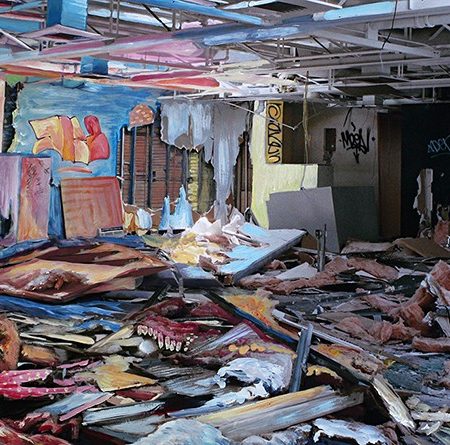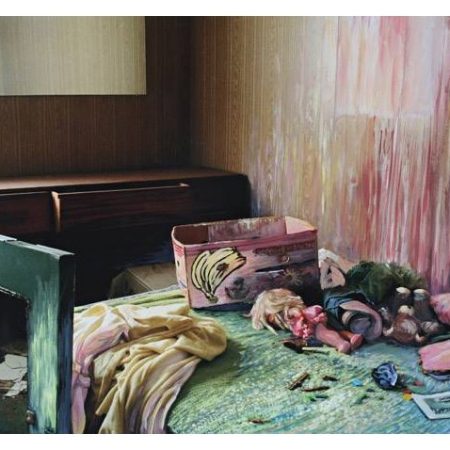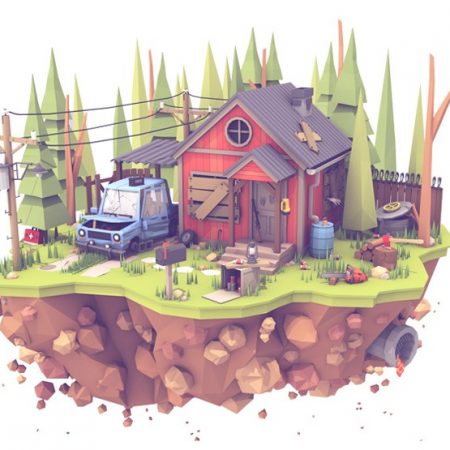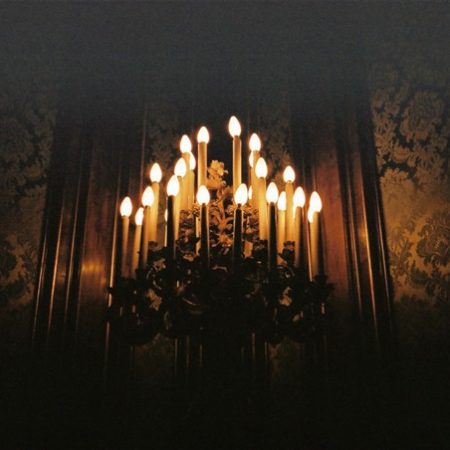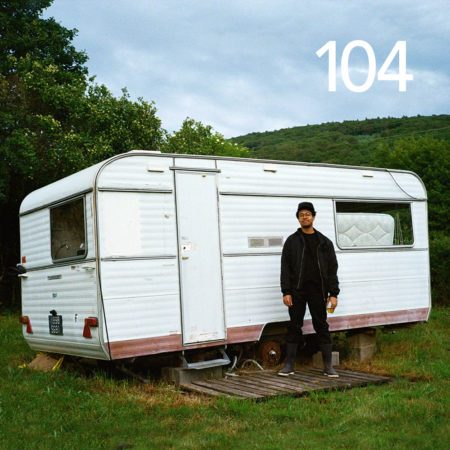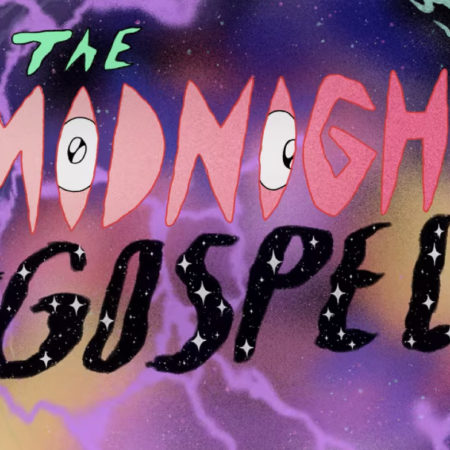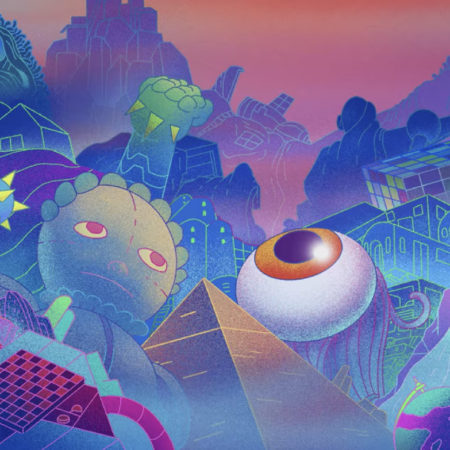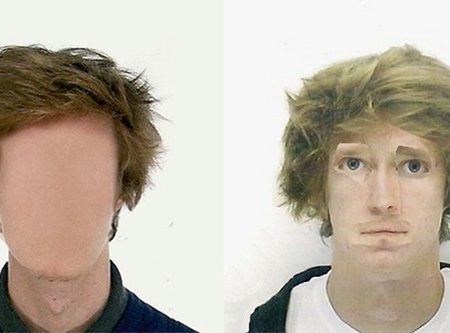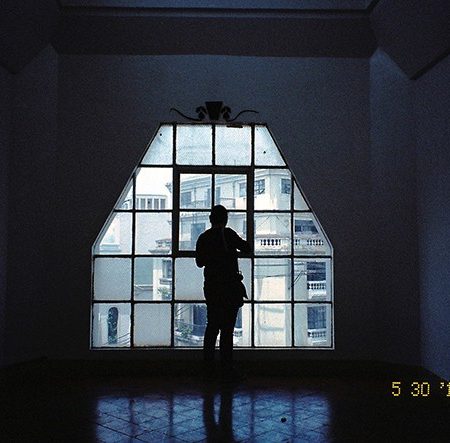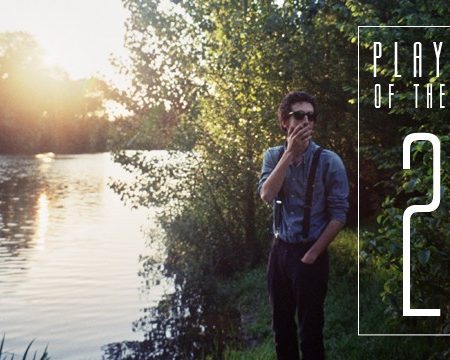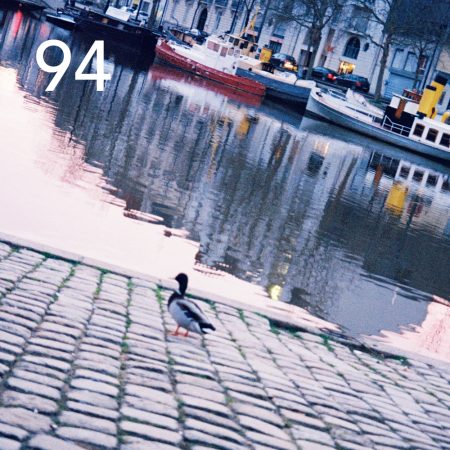Tim Gao
PHOTO . September 8th, 2016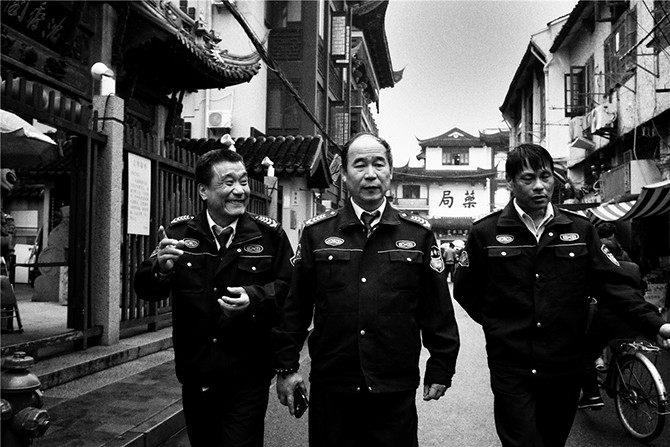
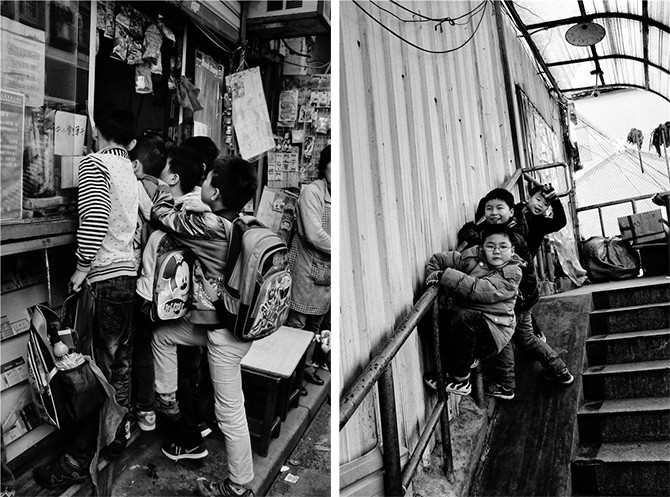
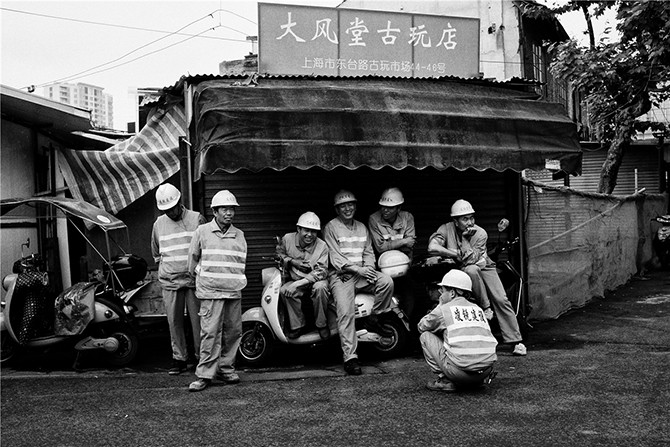
Interview with the Chinese street photographer Tim Gao.
– selection of images from his series ‘Invisible Theatre‘ and ‘Neighborhood‘
__________________
Where and when were you born?
I was born in 1986 and grew up in a small village called Xilai in northern Jiangsu Province, China. I came to Shanghai in 2008 and called the fantastic city as my second hometown ever since. I am now a full-time photographer for a Shanghai-based Italian haute couture house.
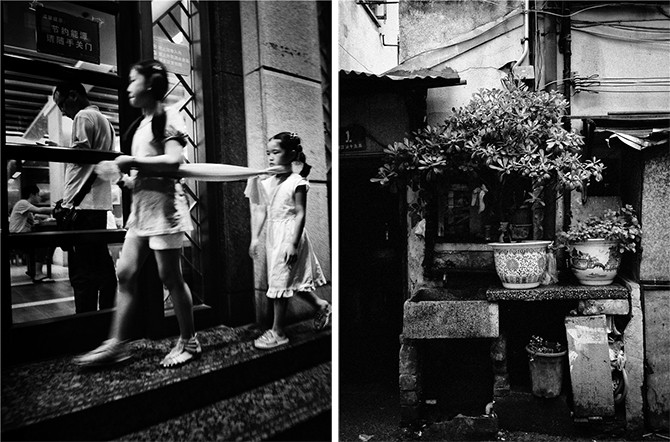
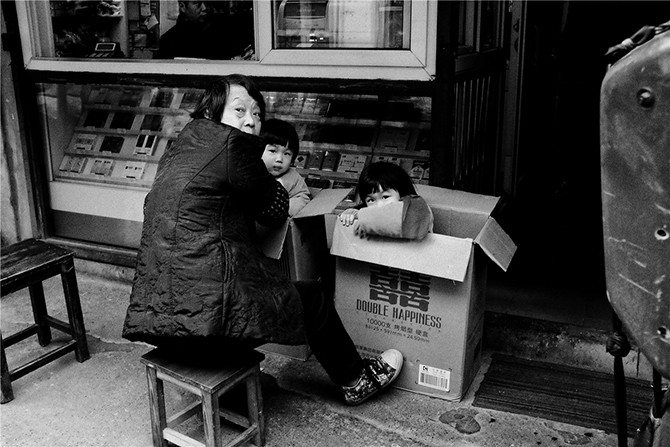
Can you introduce your last series ‘Invisible Theatre’?
I have lived in Shanghai for over 9 years. I always try to explore the urban city and residential lanes that are hidden and unknown to me, and contemplate my emotional attachment to the city. I have been persistently shooting Shanghai and it is at the beginning of this year that I looked back through these photographs, edited them and then shape them into one series I named ‘Invisible Theatre’.
Street photography not only enables me to create a documentary view of the unique Shanghai street and the culture behind it, but also reveals the extraordinary and metaphorical aspect of Shanghai – an invisible theatre of mystery, drama and nostalgia.
I consider taking these photographs as a form of private diary rather than as a photographic project. To me, photography is merely a personal and intentional media – a diary of self.
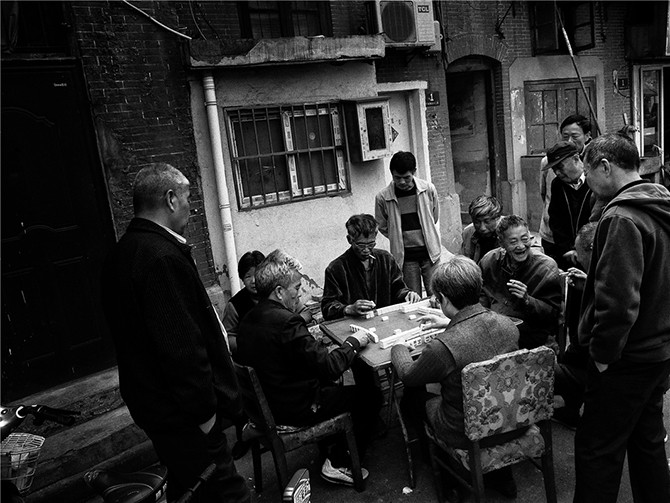
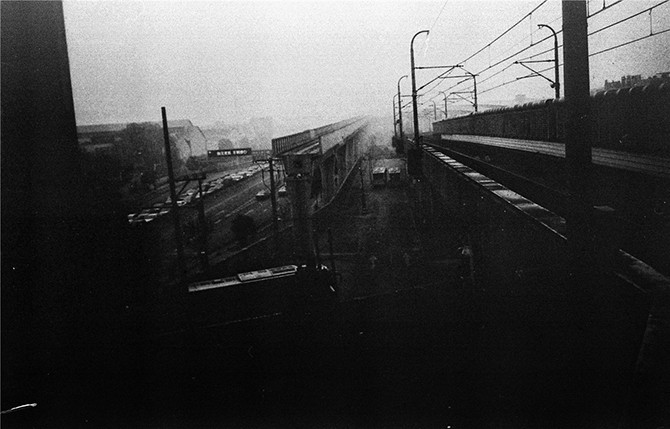
Why do you prefer to shoot in the streets?
Street photography is not just a sharp triggering of shutter to shape the outside world in the form of light and shadow – it is simultaneously a curious observation and emotional perception of what’s happening in the ordinary streets at any moment when unpredictable dramas and realities are actually taking place.
With a curiosity, I walk the streets and take snapshots around me in a quiet and relaxed manner. I feel elated. It is quite a simple and spontaneous mode of action to take photographs. I try to capture the ephemeral and dramatic realities and reconstruct them into a new and multilayered world – the paradise of my lost memories.
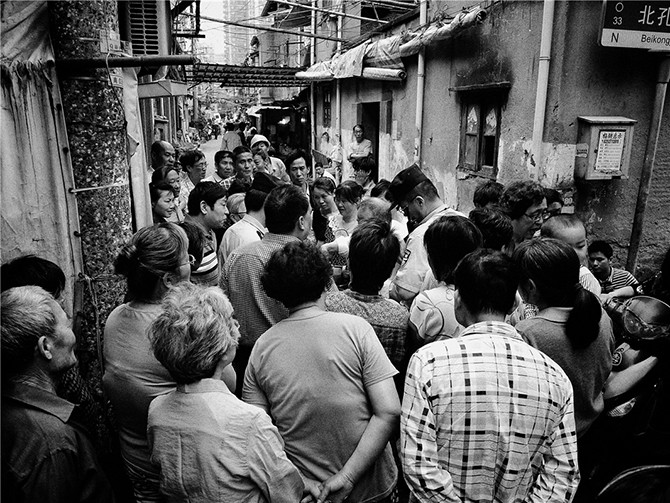
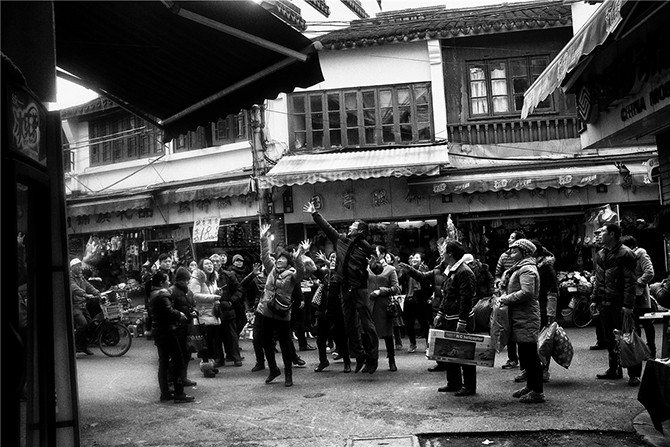
What’s the background of this image? [see above]
This photograph is from another series ‘Shanghai Neighborhood‘. It is a vivid scene of daily life happened in the residential lanes (known as Longtang). A swarm of people were stretching their necks to watch the promotional ‘tricks’ of a domestic electric appliance store. The store owner was distributing some free gifts to attract potential buyers. The crowd was striving to be the first one to grab the windfall.
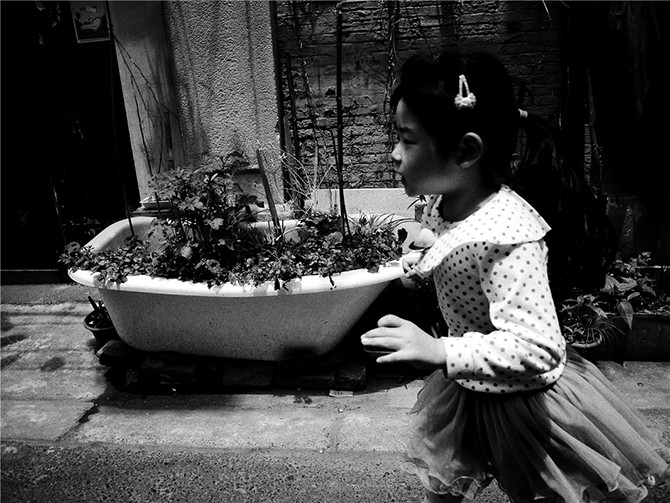
How do you get this particular black&white grain?
The ‘Invisible Theatre’ series was shot with both digital and analogue cameras. In terms of the analogue negatives, I learned to develop the black & white film by myself and later I just sent them to the developing lab with standard process. Now I am mainly shooting digital photographs and process them in Photoshop.
One reason I tend to imitate the film textures in my digital images is that I try to give my whole body of work a similar look given that I’ve photographed this series for many years with different cameras. Another was that the film look made me feel nostalgic. Permeated with my emotional attachment to the nostalgic and yet evolving metropolitan Shanghai city, every pixel of the grainy dots especially in the grey zone is what I consider to be the new sexy.
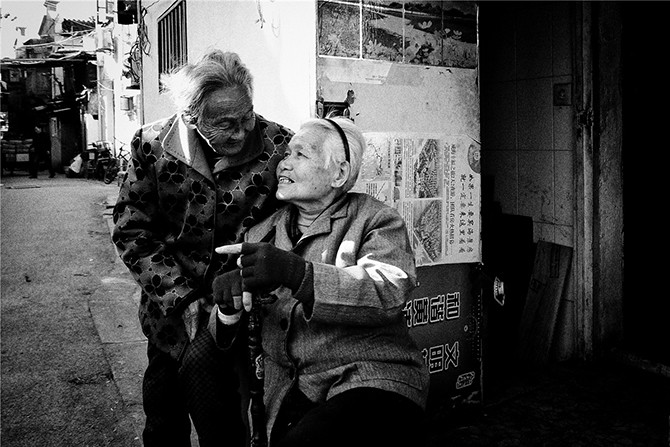
Is Shanghai a good city for photographers?
Yes, at least for me.
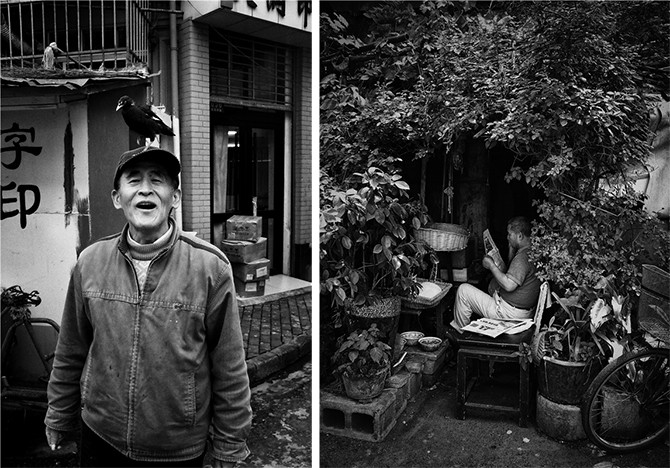
In your life, where has been the most peculiar place you shoot?
I am based in Shanghai and sometimes travel the country. However I like Shanghai most maybe because, at least partially, I am familiar with Shanghai where I know a lot of my friends, its streets and even its food.
As for street photography, I believe that a thorough understanding and familiarity with the city is very important. Someday maybe I would like to try to photograph metropolitan cities like Hong Kong, Taiwan, Tokyo or New York, however for the time being I feel comfortable and satisfied with Shanghai and would definitely like to take my camera out to Shanghai street to create more haunting photographs.
Thanks a lot for your answers Tim!
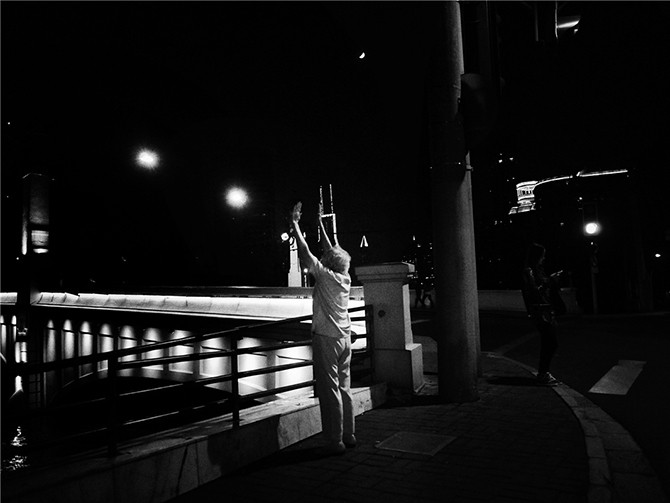
+ timgao.com
+ on twitter
